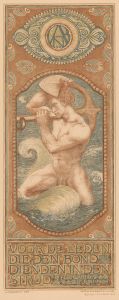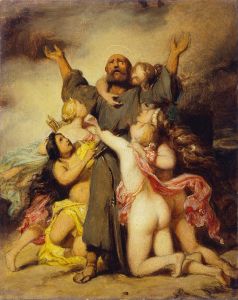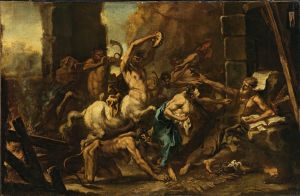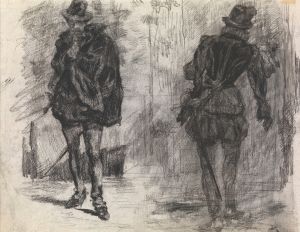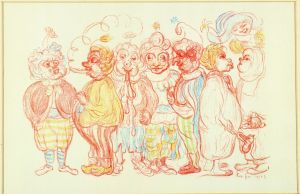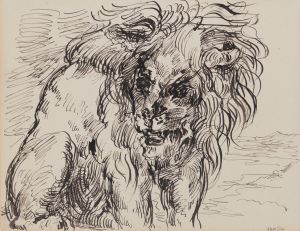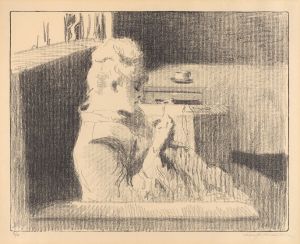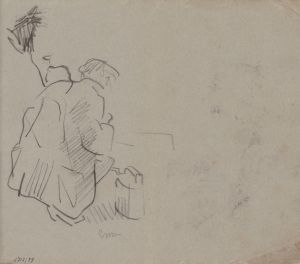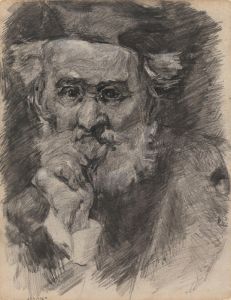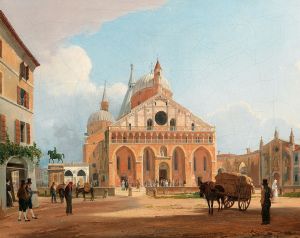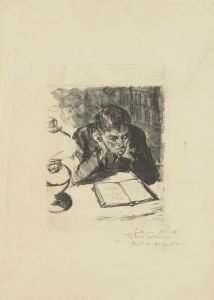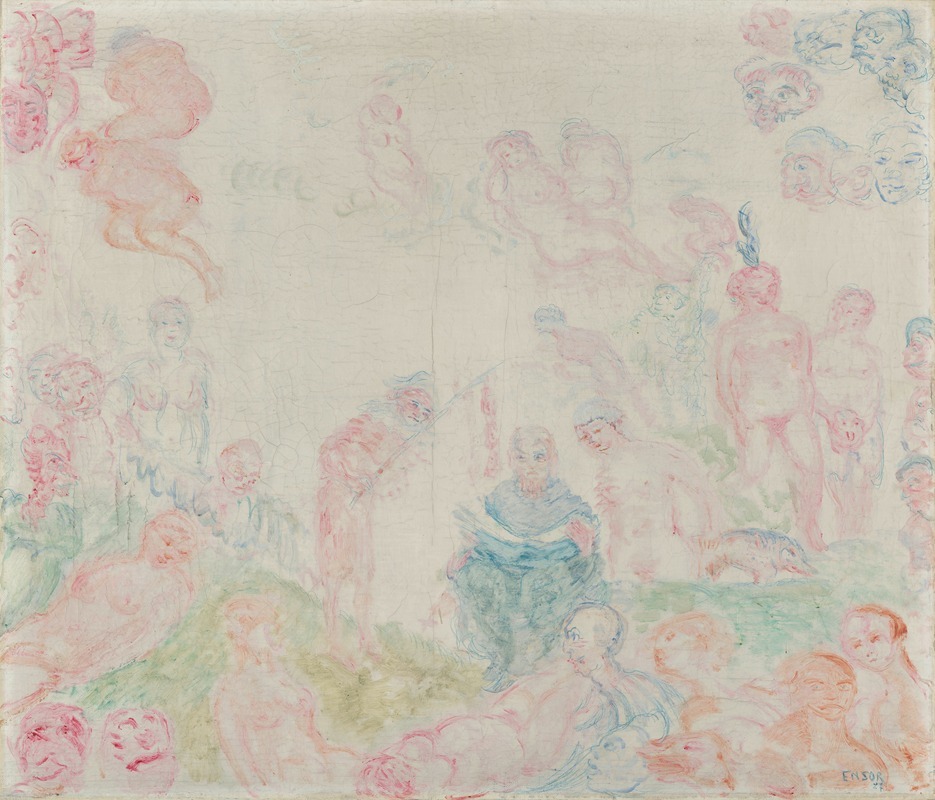
The Temptation of Saint Anthony the Great
A hand-painted replica of James Ensor’s masterpiece The Temptation of Saint Anthony the Great, meticulously crafted by professional artists to capture the true essence of the original. Each piece is created with museum-quality canvas and rare mineral pigments, carefully painted by experienced artists with delicate brushstrokes and rich, layered colors to perfectly recreate the texture of the original artwork. Unlike machine-printed reproductions, this hand-painted version brings the painting to life, infused with the artist’s emotions and skill in every stroke. Whether for personal collection or home decoration, it instantly elevates the artistic atmosphere of any space.
James Ensor's "The Temptation of Saint Anthony the Great" is a notable work by the Belgian artist, created in 1887. Ensor, known for his unique style that blends elements of symbolism and expressionism, was a prominent figure in the late 19th and early 20th-century art scene. His works often explore themes of fantasy, the grotesque, and the macabre, and "The Temptation of Saint Anthony the Great" is no exception.
The painting depicts the legendary temptations faced by Saint Anthony the Great, a Christian monk from Egypt who is considered one of the founders of monasticism. According to Christian tradition, Saint Anthony retreated to the desert to live a life of asceticism and was subjected to various temptations by demonic forces. This narrative has been a popular subject in art, inspiring numerous artists throughout history, including Hieronymus Bosch and Salvador Dalí.
Ensor's interpretation of the theme is characterized by its chaotic and crowded composition, filled with bizarre and fantastical figures. The painting is a vivid portrayal of the surreal and often nightmarish visions that Saint Anthony is said to have experienced. Ensor's use of vibrant colors and dynamic forms creates a sense of movement and turmoil, reflecting the inner struggle of the saint.
The work is notable for its intricate detail and the sheer number of figures and elements included in the scene. Ensor's style in this painting is marked by a departure from traditional religious iconography, instead opting for a more personal and imaginative approach. The figures in the painting are rendered with a sense of distortion and exaggeration, which adds to the unsettling atmosphere of the work.
"The Temptation of Saint Anthony the Great" is also significant for its reflection of Ensor's own artistic vision and the broader cultural context of the time. The late 19th century was a period of great change and uncertainty, and Ensor's work often grapples with themes of existential angst and the absurdity of human existence. This painting can be seen as a commentary on the struggles of the individual against external and internal forces, a theme that resonates with the broader symbolist movement.
Ensor's work was initially met with resistance and criticism from the art establishment, but he eventually gained recognition as a pioneering figure in modern art. His influence can be seen in the works of later artists, particularly those associated with expressionism and surrealism. "The Temptation of Saint Anthony the Great" remains an important example of Ensor's innovative approach to art and his ability to convey complex psychological and spiritual themes through his unique visual language.
Today, James Ensor is celebrated as one of Belgium's most important artists, and his works are held in high regard by art historians and enthusiasts alike. "The Temptation of Saint Anthony the Great" continues to be studied and appreciated for its artistic merit and its contribution to the rich tradition of depicting the trials of Saint Anthony in art.





